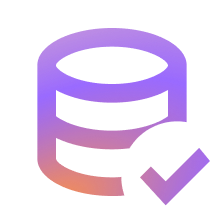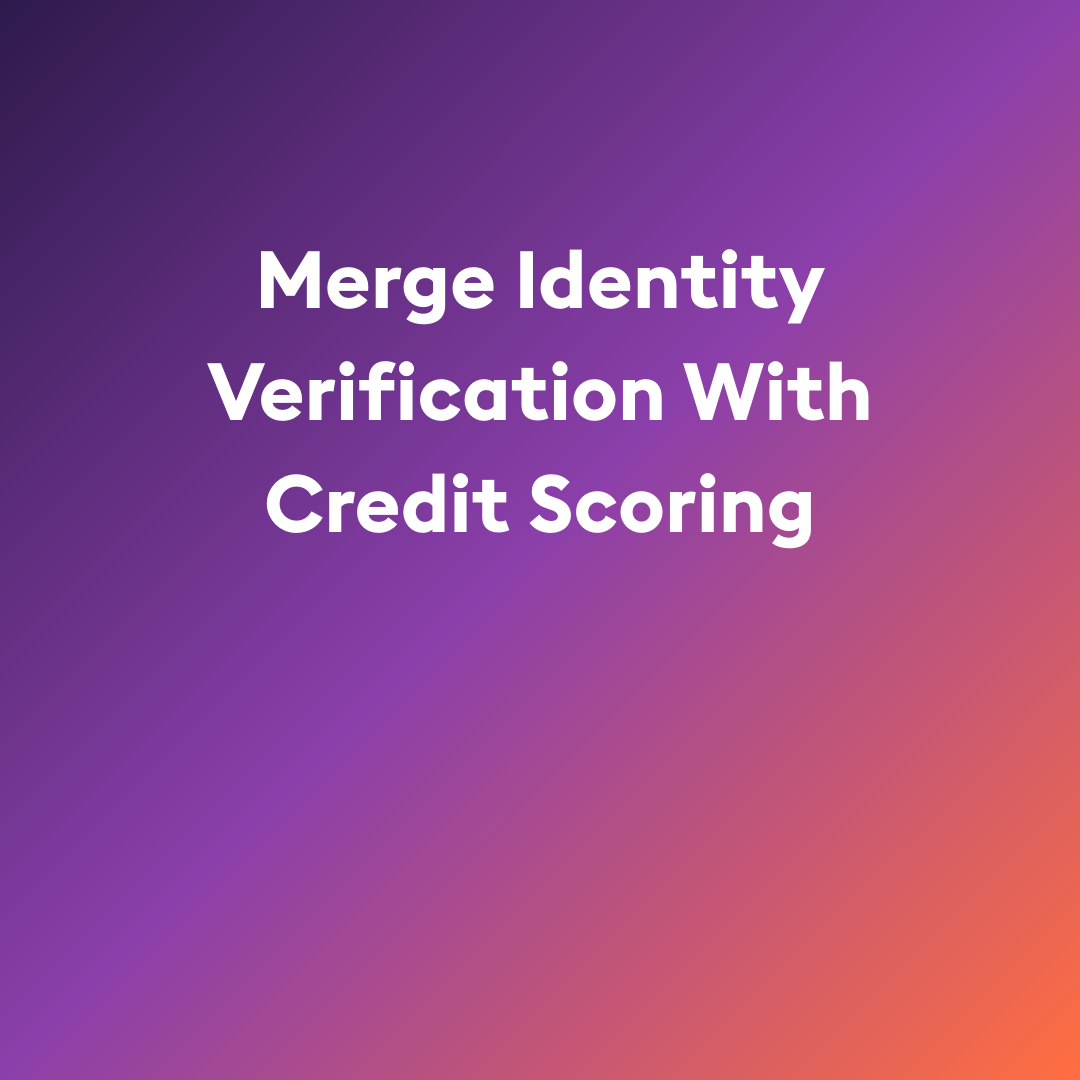Traditionally, lenders and financial institutions use data from credit card companies and banks to check the credit history of customers and be able to offer them credit. These data sources are still popular and do provide the primary data that financial institutions need to make decisions.
However, financial institutions can now supplement this information with alternative credit data: rental payments, mobile phone payments, and other data points that provide a more complete consumer profile.
According to Experian, lenders could grow their pool of new consumers by nearly 20% simply by integrating alternative credit data into their scoring models. Let’s break down the sources of alternative credit data, how it differs from traditional credit scoring methods, and how financial institutions can integrate alternative credit into their business practices.
What is alternative credit data?
Alternative credit data is any type of financial information that lenders can use to assess a borrower’s creditworthiness beyond the information found in traditional credit reports from the three main credit bureaus (TransUnion, Equifax, and Experian).
The US Consumer Financial Protection Bureau (CFBP) estimates that 45 million Americans have either no credit history or a credit history that is too scarce to generate a credit score.
This dynamic disproportionately impacts African-American, Hispanic, and low-income consumers. Having no credit history makes it more difficult to get a credit card, qualify for a loan, and even rent an apartment.
Alternative credit data could alleviate this problem by giving lenders and financial companies the information they need to assess someone’s creditworthiness. Alternative credit provides a broader picture of someone’s financial health, supplementing the limited view traditional credit reports offer.
Alternative credit examples include:
- Rent payments
- Mobile phone payments
- Cable TV payments
- Bank account information, such as deposits, withdrawals, or transfers
- Small-dollar loans
In certain cases, education and occupation can also be used to provide a clearer picture of creditworthiness.
How does alternative credit scoring differ from traditional credit scoring methods?
Credit bureaus rely on several key factors to determine someone’s credit score, including payment history, the length of credit history, utilization rate (used credit vs. available credit), and other data points. Mortgage loans and credit cards are typical sources of this information, but each credit bureau has its own methodology for determining someone’s creditworthiness.
Alternative credit information is not used in traditional credit reporting and can be nonfinancial.
Types of alternative credit data used across the credit spectrum include user-permissioned account data, cashflow transactions, rental data, property data, income data, and full-file public records, as well as data from nontraditional lenders such as single pay, rent-to-own, title loans, and short-term installments, reported Experian.
Notably, traditional credit reports only examine late payments. Alternative credit sources, on the other hand, will look at the entire payment history, including on-time payments.
The Government Accountability Office found that lenders are currently using alternative data to underwrite smaller consumer loans, such as auto loans. Today, the potential to expand the use of alternative credit data has not fully been realized.
Advantages of using alternative credit data
Overall, alternative credit scoring offers a promising approach to providing a more complete and inclusive picture of creditworthiness. It can benefit individuals who are underserved by traditional methods and lead to fairer lending practices in the future.
The primary advantage of using alternative credit data lies in the 360-degree view a lender is able to achieve. Alternative data can provide a more nuanced picture of a borrower’s financial health, leading to more accurate risk assessments and reduced loan defaults. It’s a win-win for the financial institution and the consumer.
Likewise, the CFPB notes that alternative credit data is often more timely. “Data traditionally used by lenders often does not reflect a person’s most recent activities. Alternative data could provide more up-to-date, real-time information.”
Alternative credit data could lower costs for lenders, too. Some alternative data sources offer pre-verified information, allowing borrowers to electronically share data with lenders directly. This eliminates the need for manual verification of documents, saving time and resources for lenders.
Advantages of using alternative credit data
There are several ways alternative credit data can be used at different stages of the lending process to benefit financial institutions.
Improve borrower acquisition
Financial institutions that are seeking to expand their pools of potential borrowers can turn to alternative credit to bring in individuals with thin or no credit history. This data offers a way to tap into that population of 45 million underserved consumers.
Likewise, alternative credit data can provide deeper insight into borrower behavior and preferences. Analyzing these insights gives lenders a competitive advantage—a way to target marketing and acquisition efforts more effectively. This can lead to higher conversion rates and lower costs per acquired customer.
Lower underwriting costs
Traditional credit scoring can sometimes produce inaccurate or incomplete assessments, especially for individuals with limited credit history. Alternative data can provide a more nuanced picture of a borrower’s financial health. This can translate to lower provisioning costs and losses for lenders.
Additionally, some alternative data sources offer pre-verified information, allowing borrowers to electronically share data with lenders directly and save time and resources for lenders.
Streamline business operations
By incorporating alternative credit data into financial models, banks and lenders can streamline the decision-making process and reduce the need for manual underwriting. Likewise, certain types of alternative data, such as public records, can be used to identify fraudulent loan applications. This can prevent losses due to fraud and reduce the need for expensive investigations.
CRS can make this process even easier. CRS is a CRA that partners with credit bureaus and other data providers to offer the leading independent credit data API. Our API provides a new way to access all-in-one credit data solutions in a fraction of the time.
Improve results
By using alternative data to understand borrowers better, lenders can tailor their loan offerings and terms to individual needs and preferences. This can lead to higher customer satisfaction and loyalty, potentially reducing churn and acquisition costs.
Get started with alternative credit with CRS
It’s worth noting that alternative credit data is subject to certain rules and regulations. As with any credit transaction, fair lending rules apply: alternative credit can’t be used to discriminate based on any protected characteristics.
Likewise, alternative credit is still a relatively new source of information. The broad, deep range of potential data sources and formats can make it difficult to utilize this data efficiently. Likewise, regulations require getting consumer permission, which, in turn, requires expertise in user experience, digital workflows, credit risk analytics, and compliance with fair lending laws.
At CRS, we see the way forward as combining traditional and alternative data to get the best of both worlds. Our vision involves using traditional data first, then banking data to get additional information needed to qualify a greater number of consumers.
Learn more about how CRS is empowering the use of alternative data.










